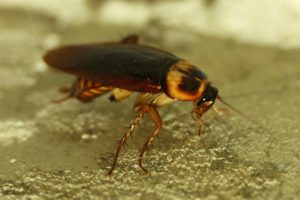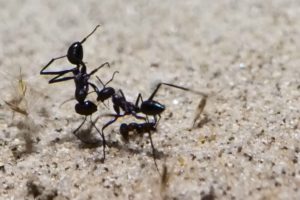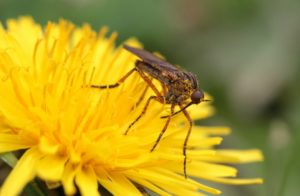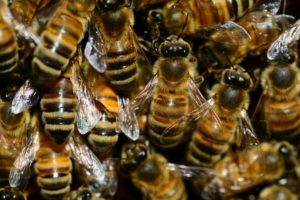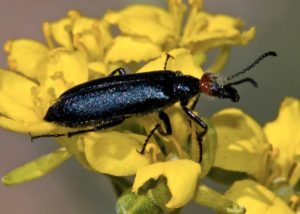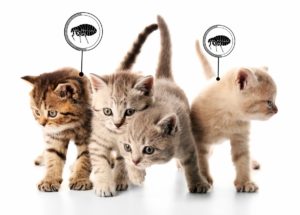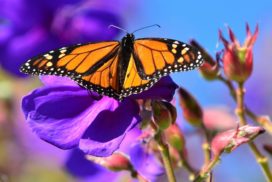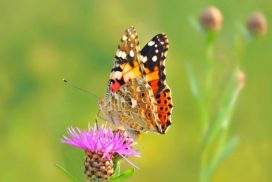WHAT PURPOSE DOES THE VICEROY BUTTERFLY MIMICRY OF THE MONARCH BUTTERFLY SERVE?
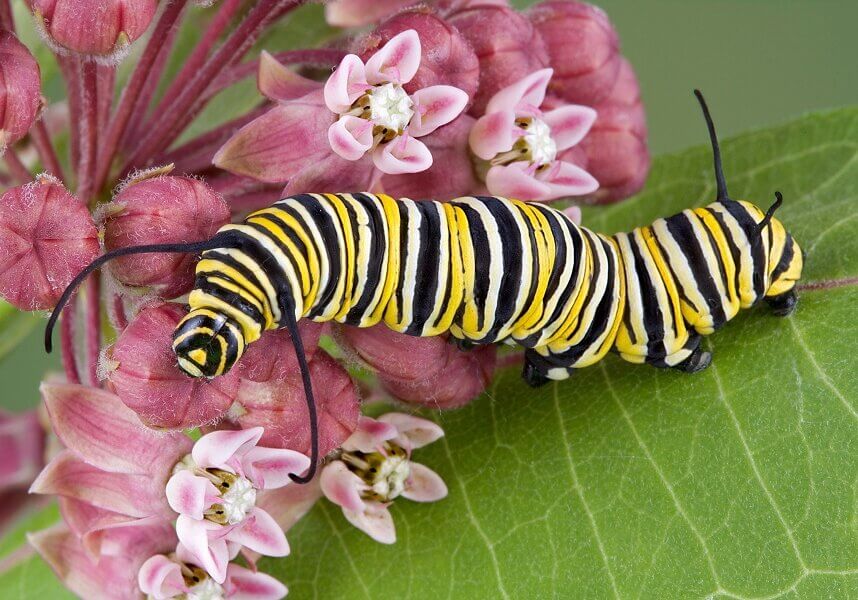
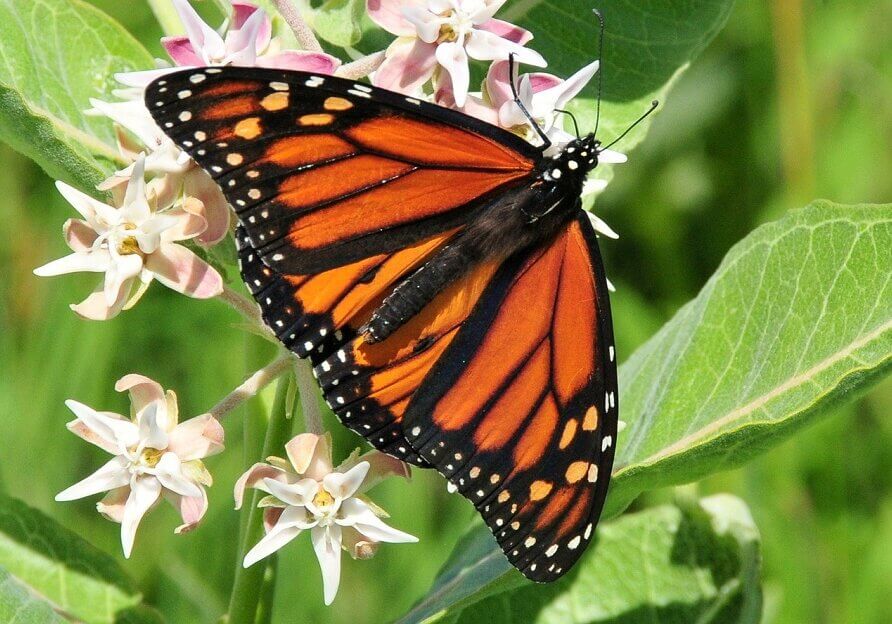
Although usually smaller, the viceroy butterfly is identical to the monarch butterfly in design, apart from the black inner line on the lower wings of the viceroy. The viceroy feeds on willow, aspen and poplar leaves that are non-poisonous. In contrast, the monarch feeds on toxic milkweed leaves and turns the noxious chemicals therein into weapons against birds.
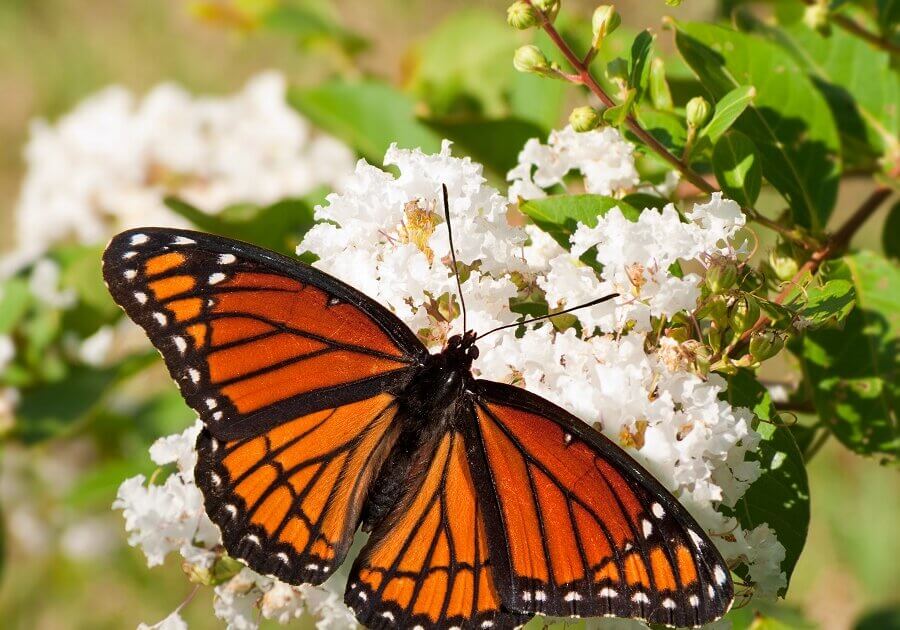
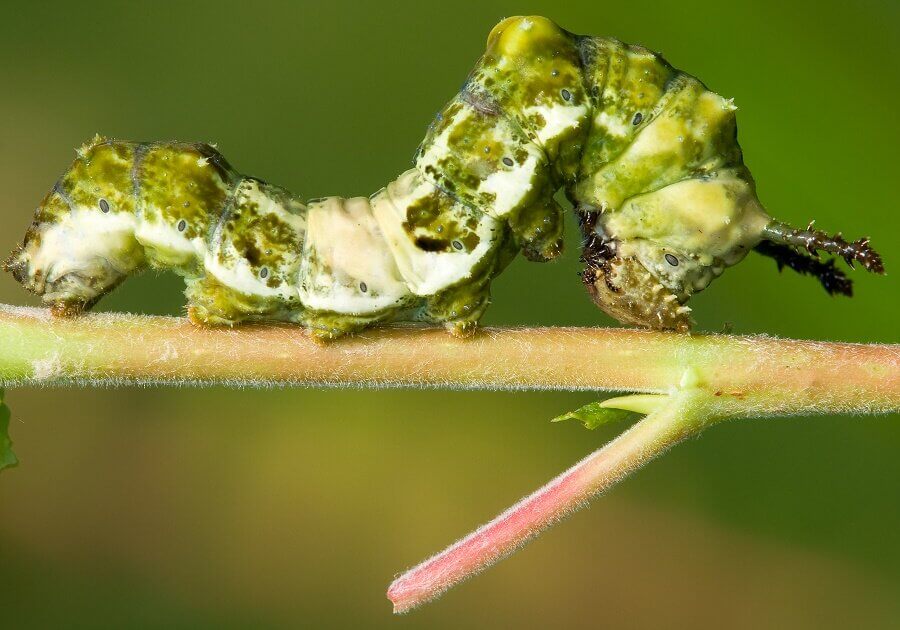
Researchers believe the viceroy mimics the monarch, which is offensive and poisonous to birds, to ward off predators. However, according to eReferenceDesk, recent research has shown that viceroy butterflies develop their toxic chemicals to keep birds at bay. The monarch and viceroy butterflies are, thus, inherently poisonous and birds stay clear of both.
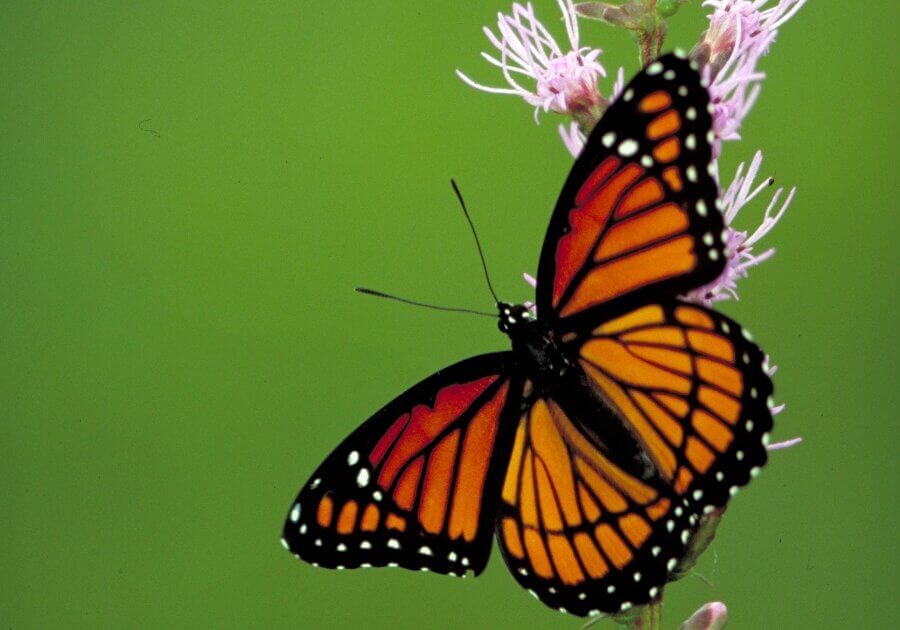
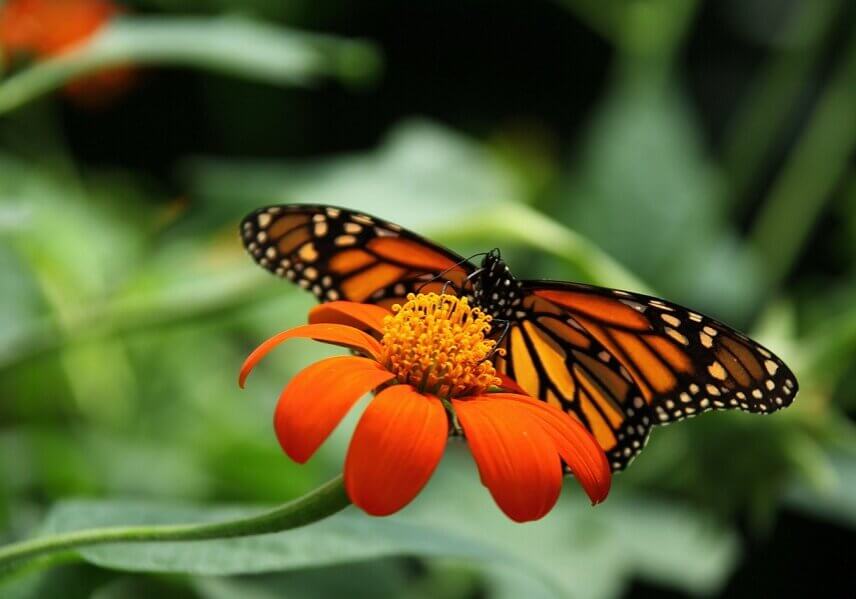
Recent posts
Join us on social media or subscribe!
Sign up to receive our articles in your inbox!
Enter your name and email address below to subscribe.
